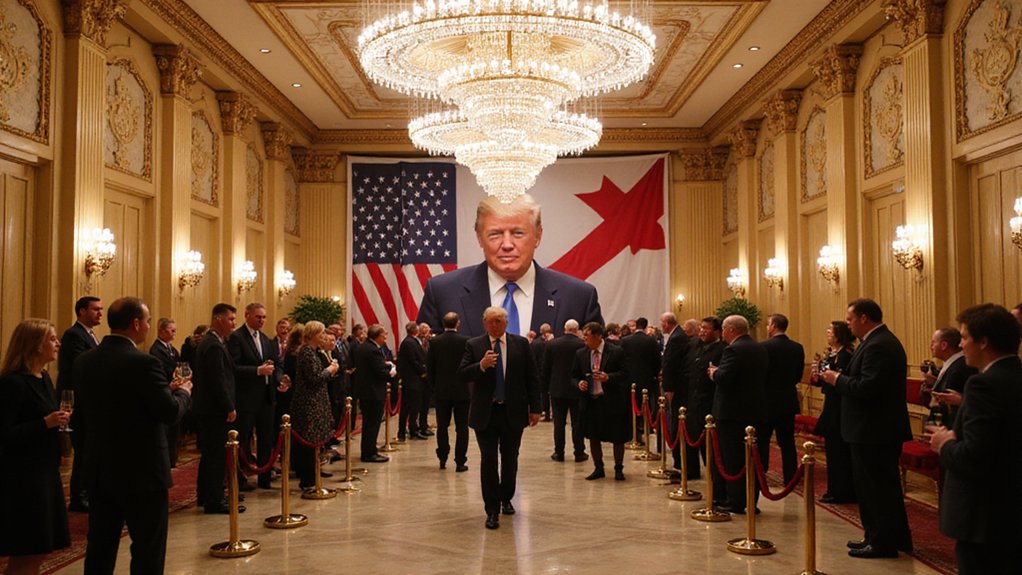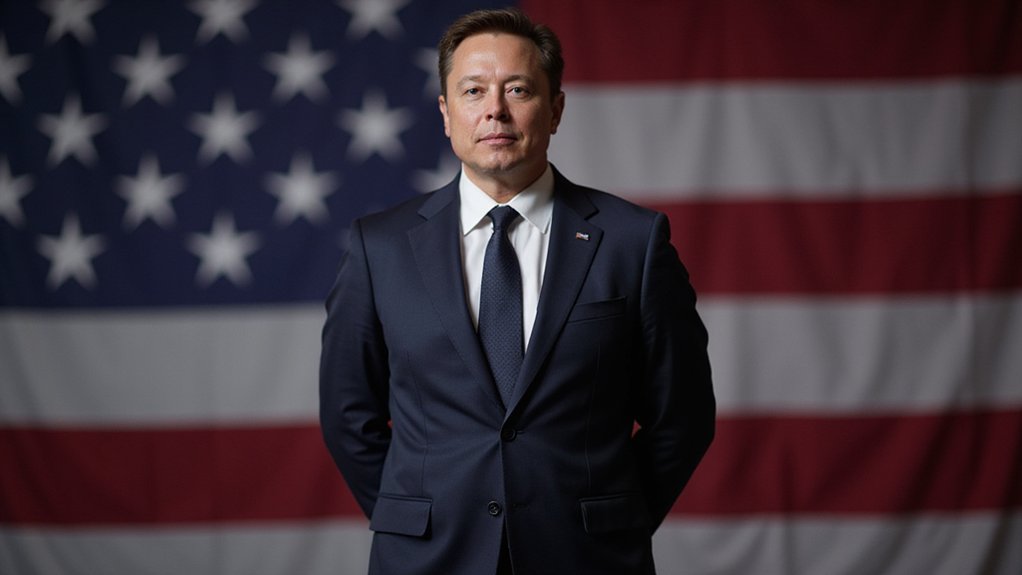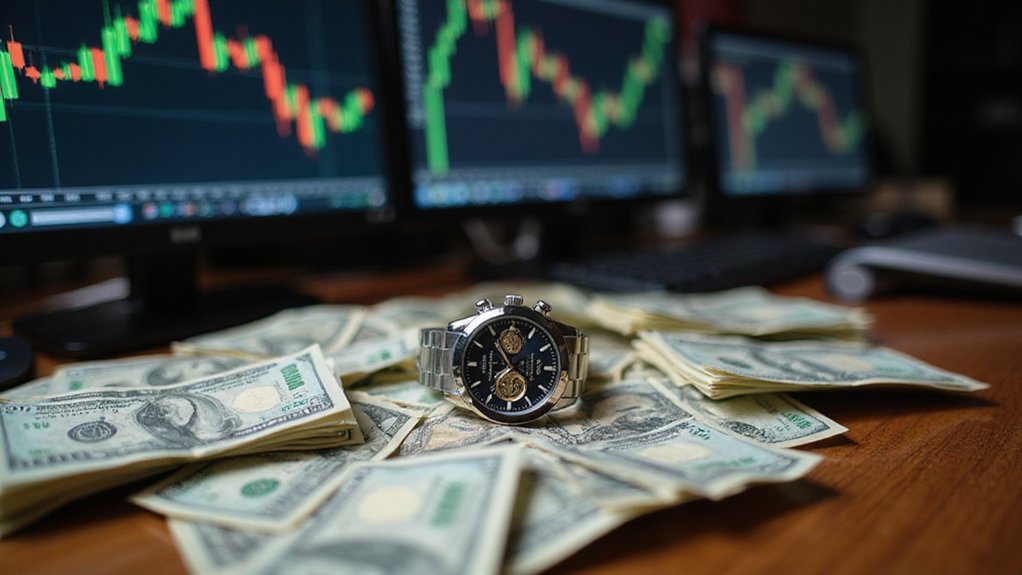How does one transform a modest $1,000 investment into a fortune that rivals traditional Wall Street titans? The crypto revolution has minted billionaires through paths so unconventional they read like financial fiction, yet the ledgers don’t lie.
Erik Finman exemplifies this peculiar alchemy, converting his $1,000 into millions by purchasing Bitcoin at roughly $10 per coin in 2011. Meanwhile, the enigmatic Mr. Smith—whose prescience borders on the supernatural—invested $3,000 when Bitcoin traded at $0.15 in 2010, accumulating approximately 20,000 coins before strategically liquidating at astronomical multiples.
These prophetic investors transformed modest thousands into generational wealth through supernatural timing and unwavering conviction in digital assets.
These early adopters demonstrated remarkable conviction (or foolhardy stubbornness, depending on one’s perspective) by weathering crypto’s notorious volatility while traditional investors dismissed digital assets as elaborate Ponzi schemes. Their success depended on the continuous operation of specialized computers that validate transactions and maintain the blockchain network’s security and integrity.
Perhaps more intriguing are the unexpected professional origins of crypto’s nouveau riche. Giancarlo Devasini‘s journey from plastic surgeon to crypto billionaire illustrates how digital finance attracts talent from impossibly diverse backgrounds. His transformation into Tether’s CFO—controlling a 47% stake in the stablecoin issuer that generates billions through interest on customer collateral—suggests that surgical precision translates surprisingly well to financial engineering.
Brian Armstrong’s trajectory proves equally illuminating. His economics and computer science credentials provided the intellectual framework for founding Coinbase in 2013, which evolved into a $60 billion exchange empire. Armstrong’s 18% stake continues generating substantial returns as Coinbase posted $2.9 billion in revenue during 2023, demonstrating remarkable resilience despite crypto’s mercurial nature.
The democratization of wealth creation extends beyond institutional founders to colorful characters like Glauber Contessoto, the self-proclaimed “SlumDoge Millionaire,” whose rags-to-riches narrative epitomizes crypto’s capacity for social mobility. Kane Ellis demonstrated an alternative path to crypto wealth through Bitcoin mining, starting as an 18-year-old high school dropout in 2011 and initially earning about 4 BTC per day. The Winklevoss twins demonstrated similar prescience by investing their Facebook settlement proceeds when Bitcoin traded around $10 per BTC, ultimately controlling approximately 1% of all circulating Bitcoin by 2013.
These investors employed diverse strategies—some maintained diamond hands through brutal drawdowns, others diversified into blockchain startups and educational platforms, while many executed tactical liquidations to fund entrepreneurial ventures or lifestyle pivots.
The stablecoin ecosystem represents perhaps the most ingenious wealth-creation mechanism, with Tether’s business model generating billions simply by earning interest on customer deposits while providing crypto market liquidity. Such elegant simplicity would make traditional bankers weep with envy—or perhaps existential dread.








